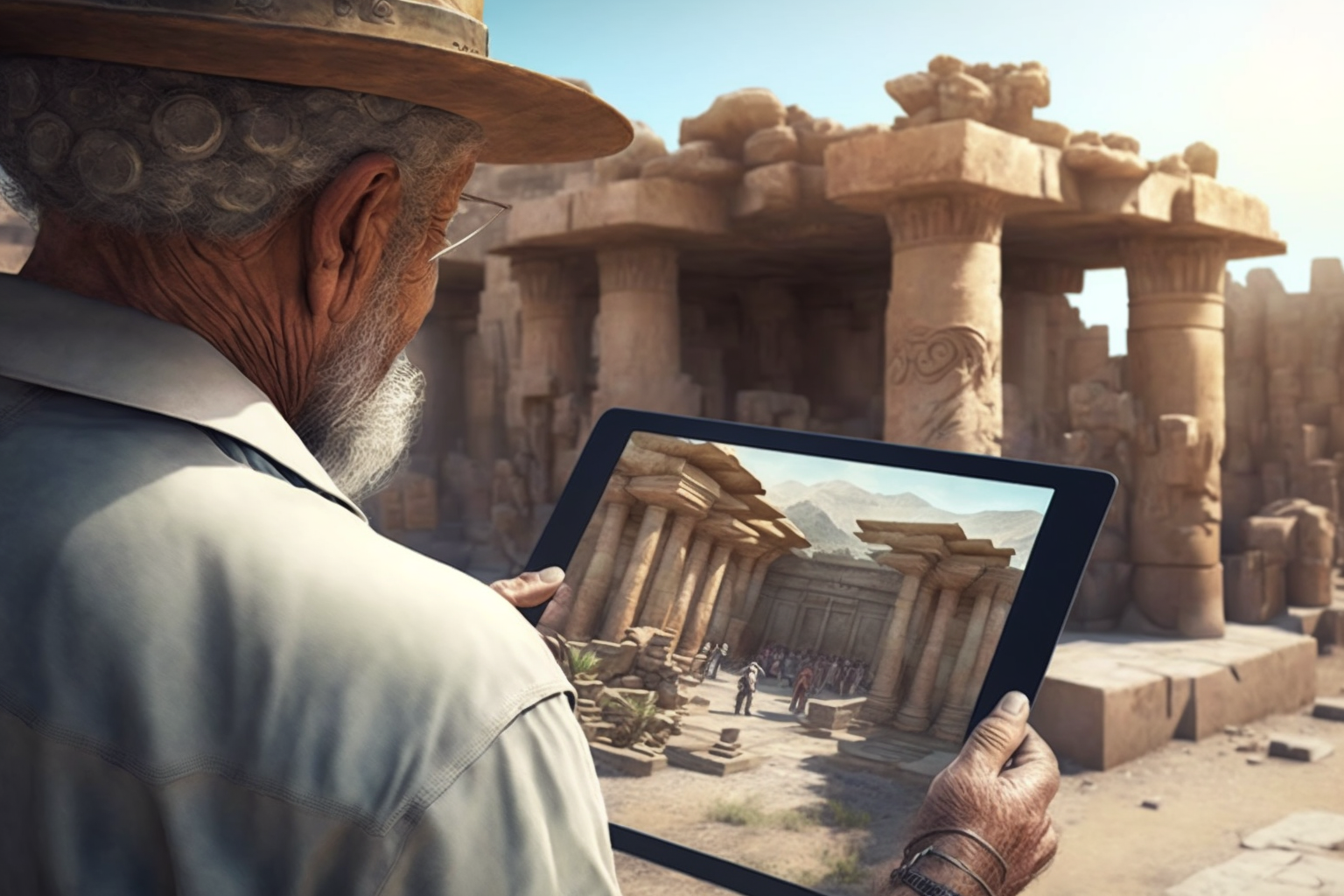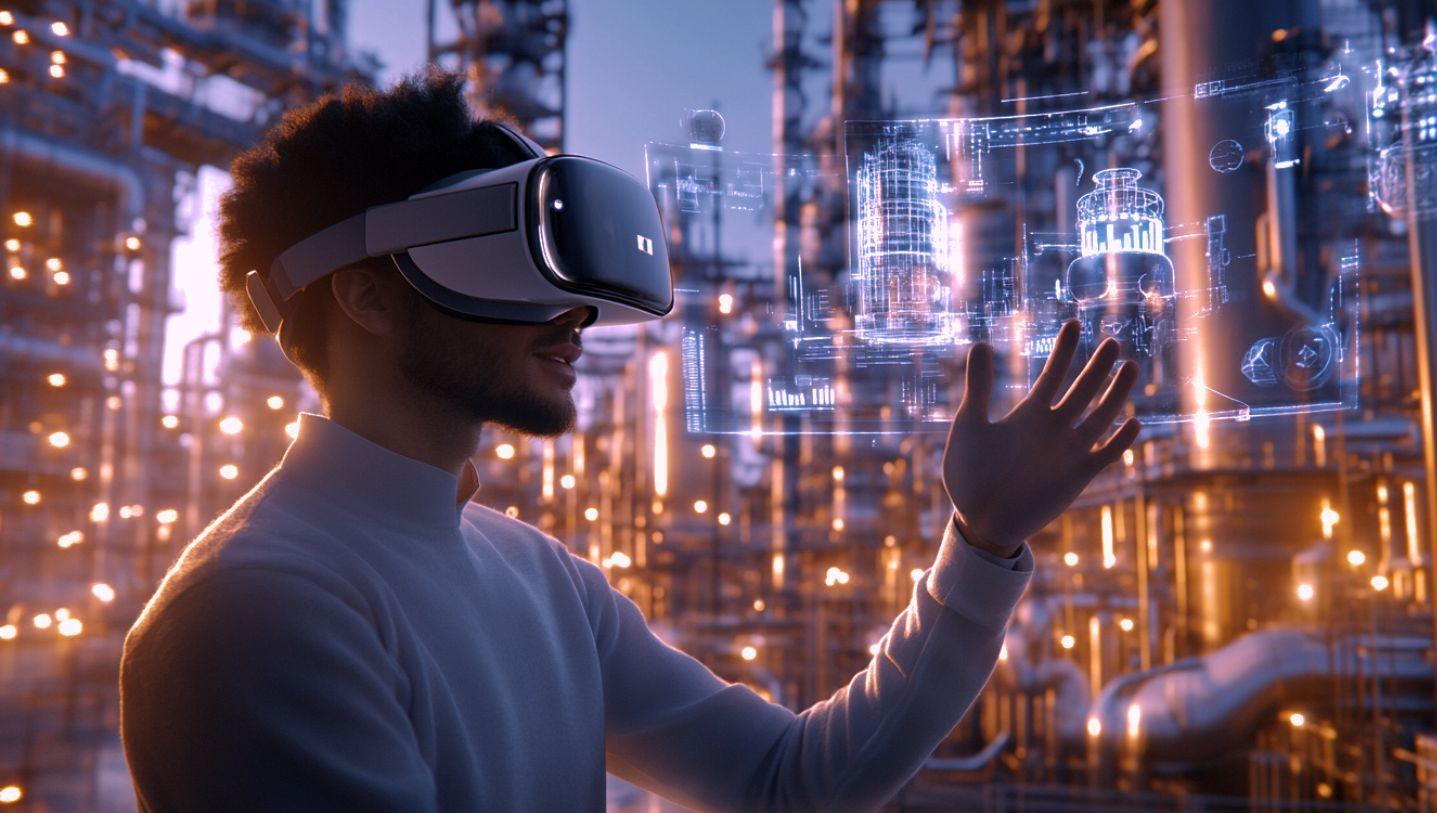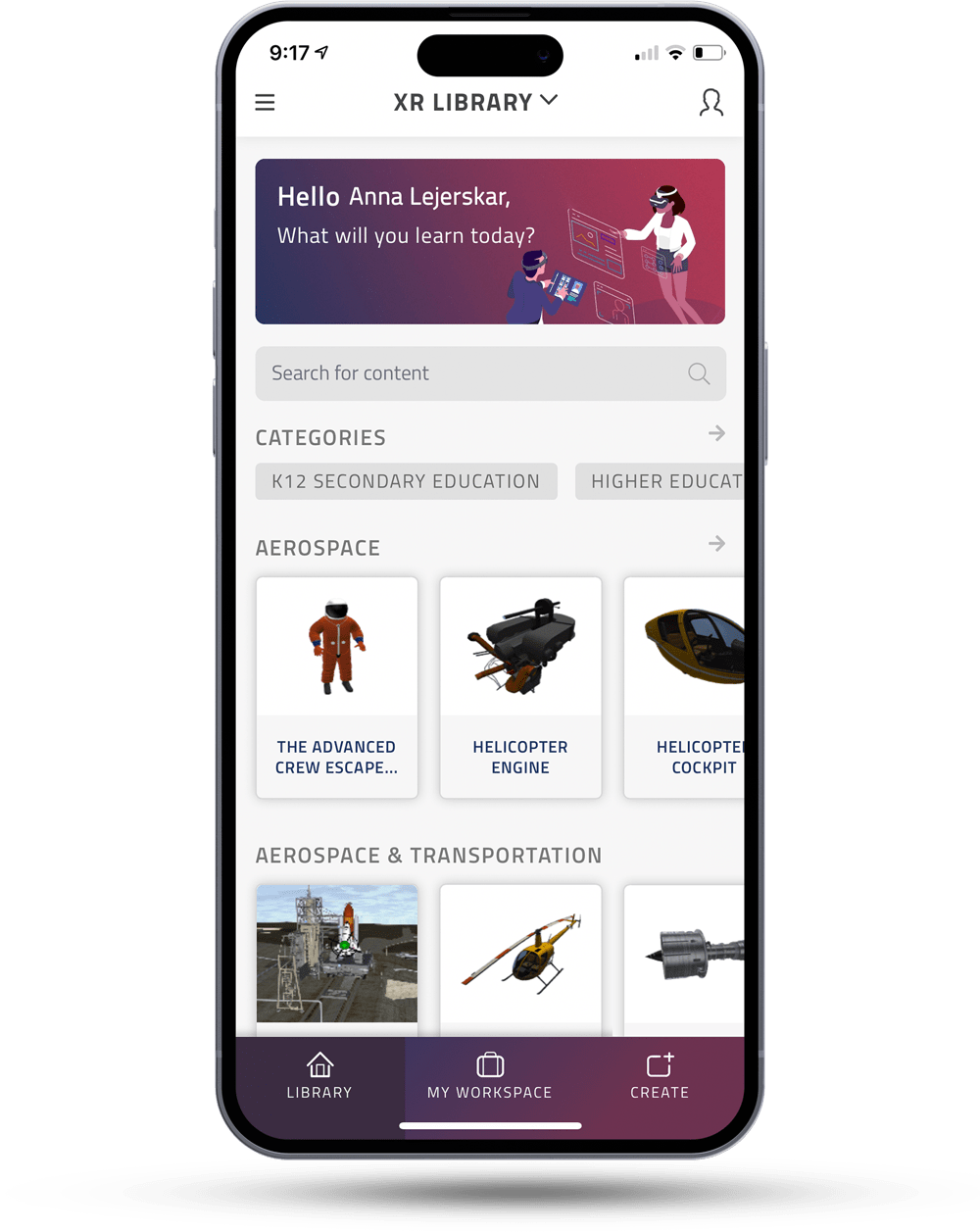As reported by Paul Karp from the Guardian, Australian universities are facing the prospect of lost revenues from COVID-19. Founder Dan Lejerskar believes the wider conversation should include creating work ready graduates with the help of AR/VR.
Australian universities facing $16bn black hole as Covid-19 student numbers plummet
Universities claim they will lose up to $16bn by 2023 due to the impact of Covid-19, according to new modelling. Universities Australia has raised the stakes in lobbying for an industry assistance package or relaxed visa conditions to facilitate international students by revealing it now expects members to lose between $3.1bn and $4.8bn this year alone.
In the face of looming funding cuts, this is the time for universities to demonstrate their role in creating work ready graduates. Universities need to ask themselves , «are we teaching the right things?», «are students learning well?». This also needs to take into account the fact that graduates today are entering a different world, where they are likely to encounter several career changes in their lifetime.
In addition, employability goes beyond the acquisition of academic knowledge and soft skills. A key criteria for success is how a student can effectively apply the knowledge and the skills to the workplace – a lament that is often voiced by employers and business leaders.
How can AR and VR create work ready graduates?
Enter VR and AR. The role of these technologies to create better learning have been well documented. Ranging from developing 21st century skills of communication and empathy, explaining complex phenomena to procedural training, the technologies can provide a richer learning experience that extend well beyond the reaches of textbooks.
VR and AR are also set to feature more prominently in the future workplace. According to a PwC report, 23.5 million jobs worldwide will be using VR and AR by 2030 – about 27 times more than currently. Yet to date, only 26% of higher education institutions have engaged in using VR and AR campus. Of that, 82% remain in pilot stages.
This needs to change. I truly believe higher education institutions will continue to have an important place in the building of a prosperous future. And just like the students they educate, it is time for them to demonstrate the same relevance they have to our shared future. AR and VR is ready to help.
What are your thoughts? Join the conversation here.



















